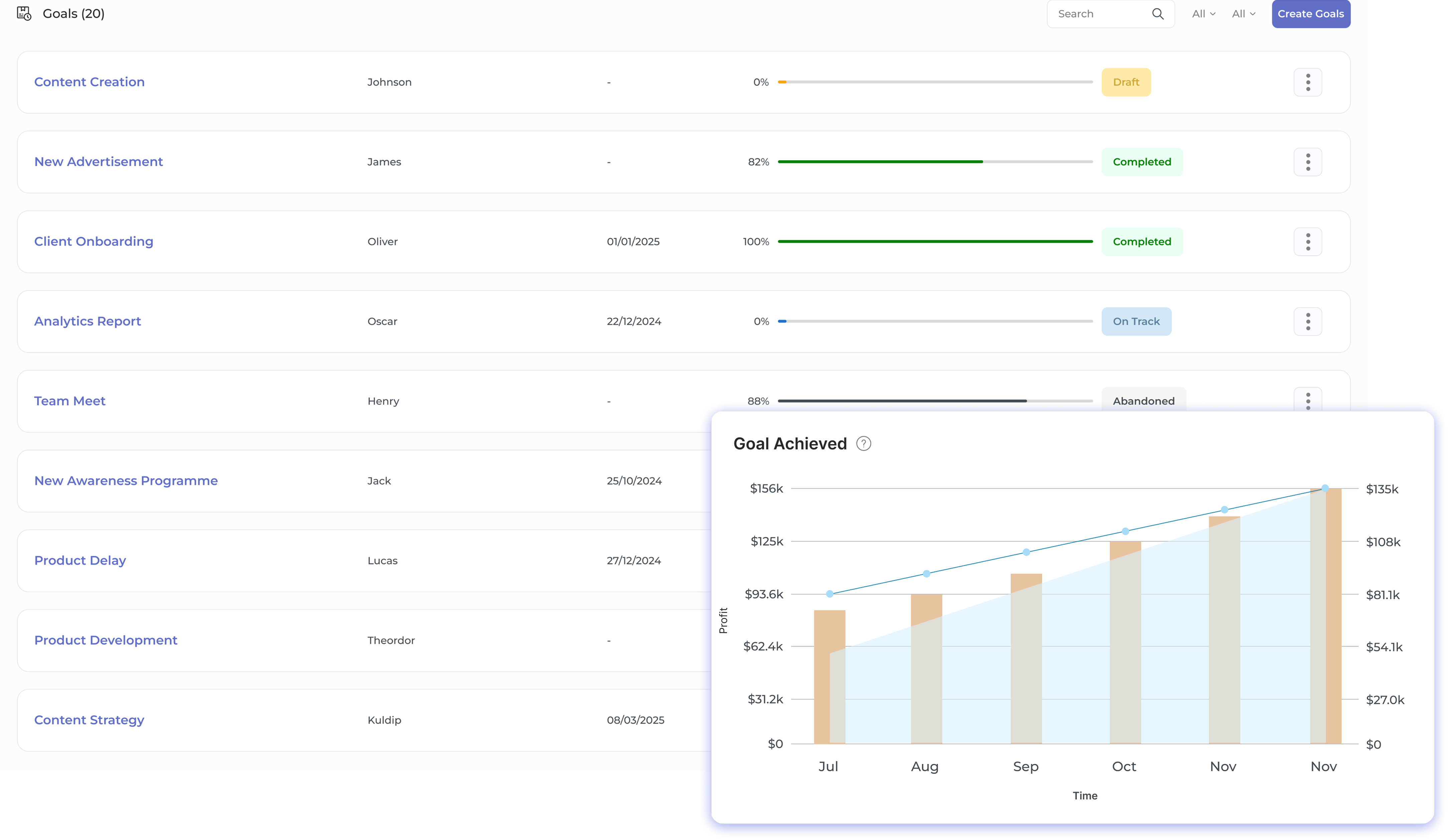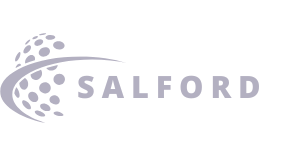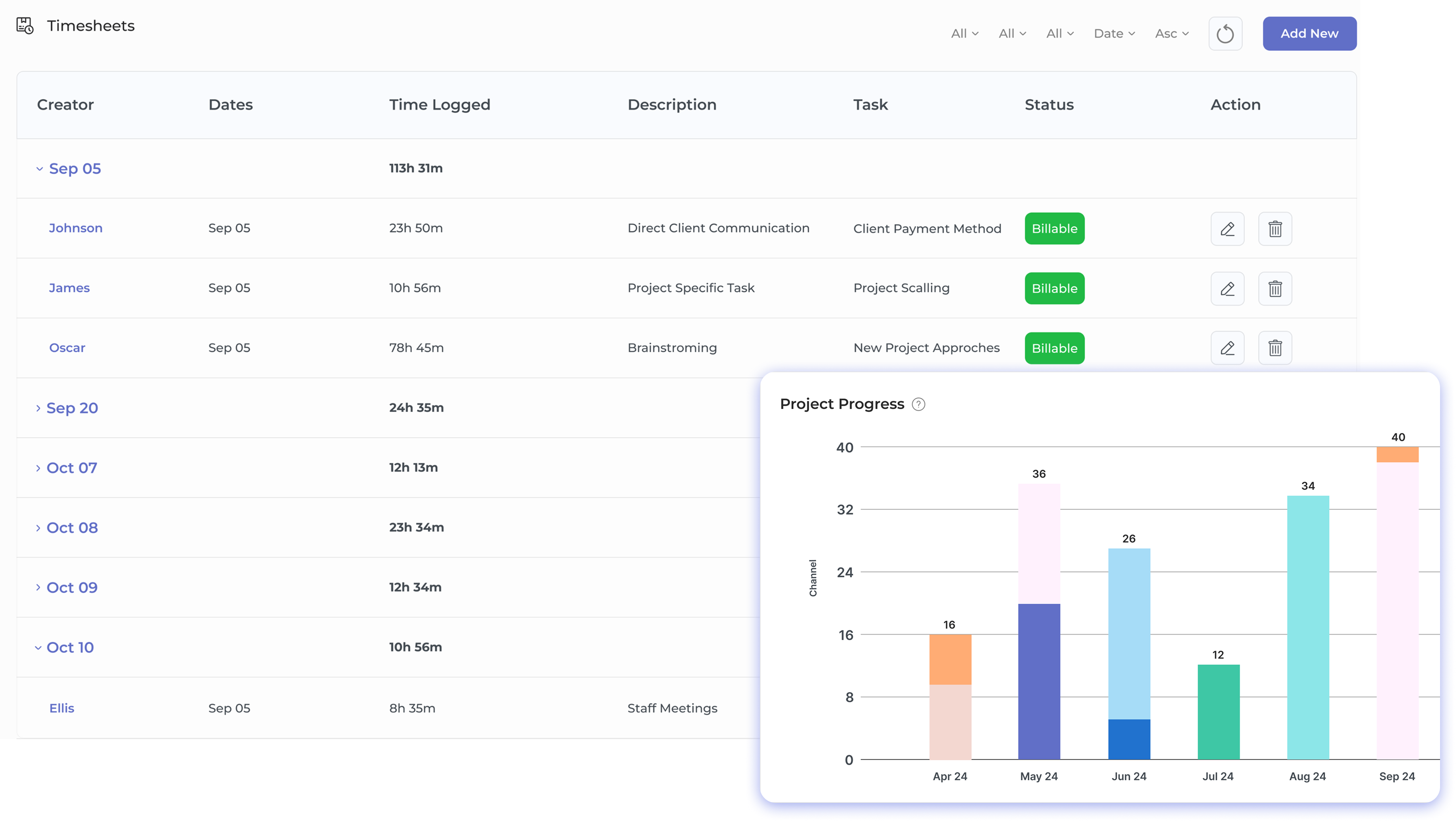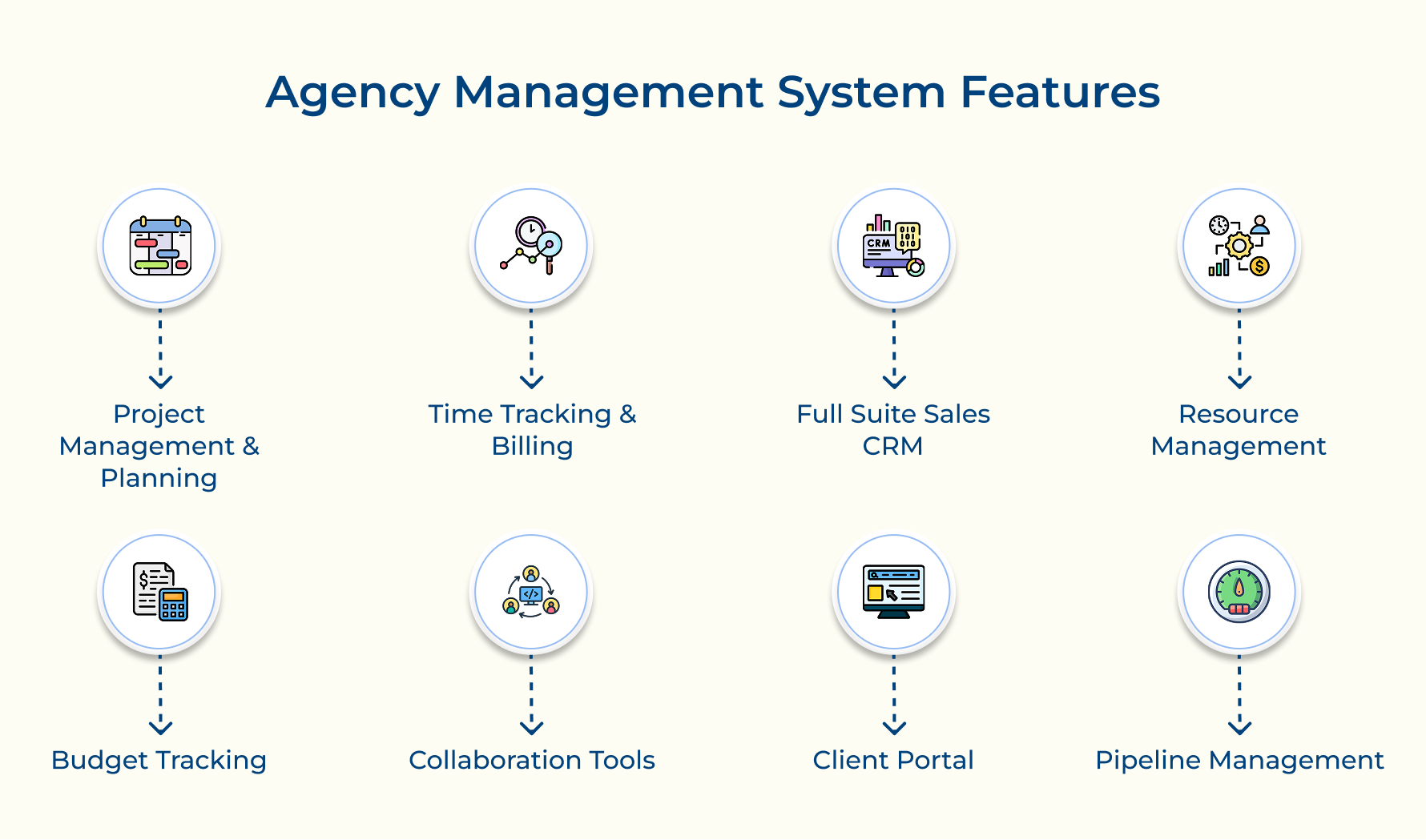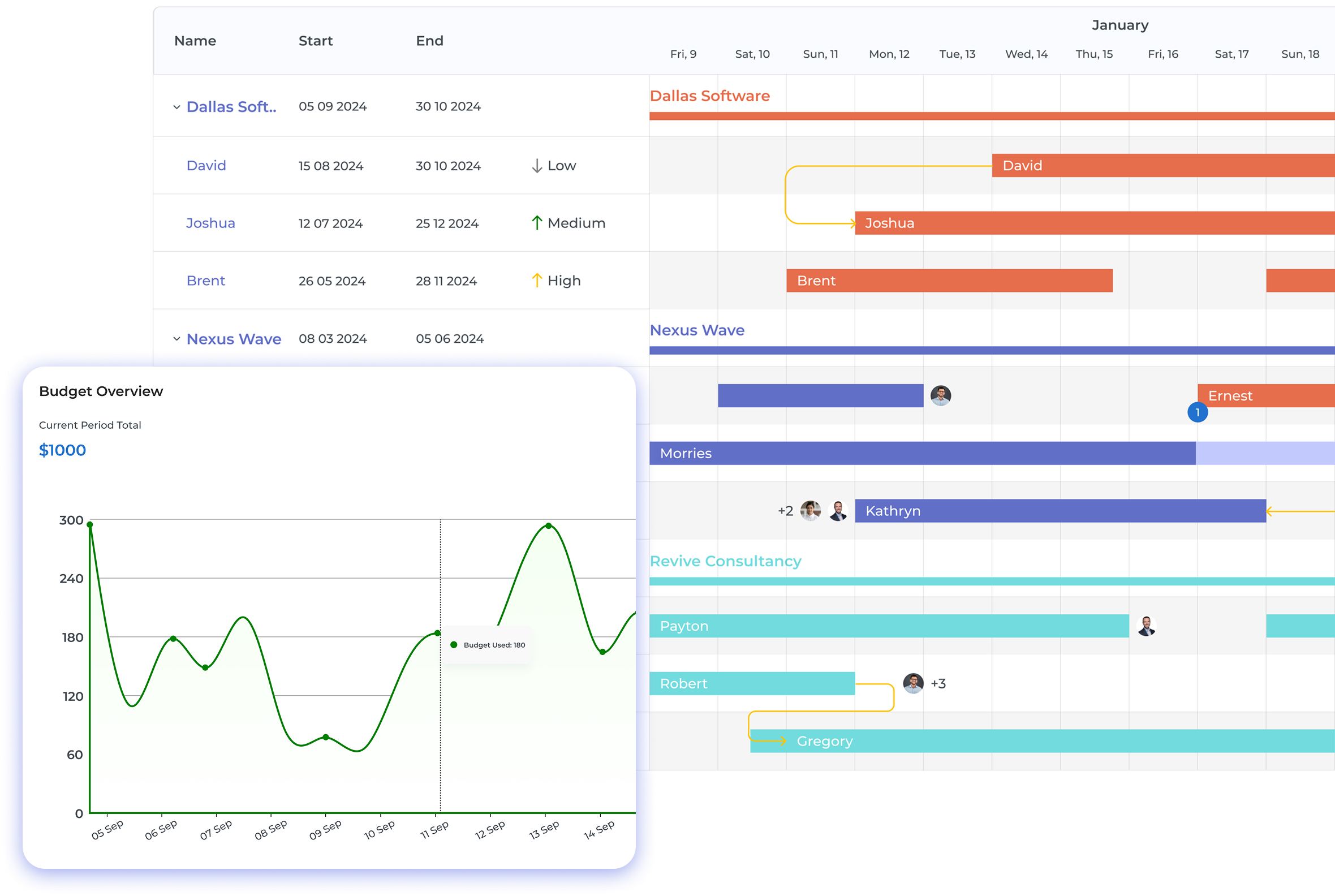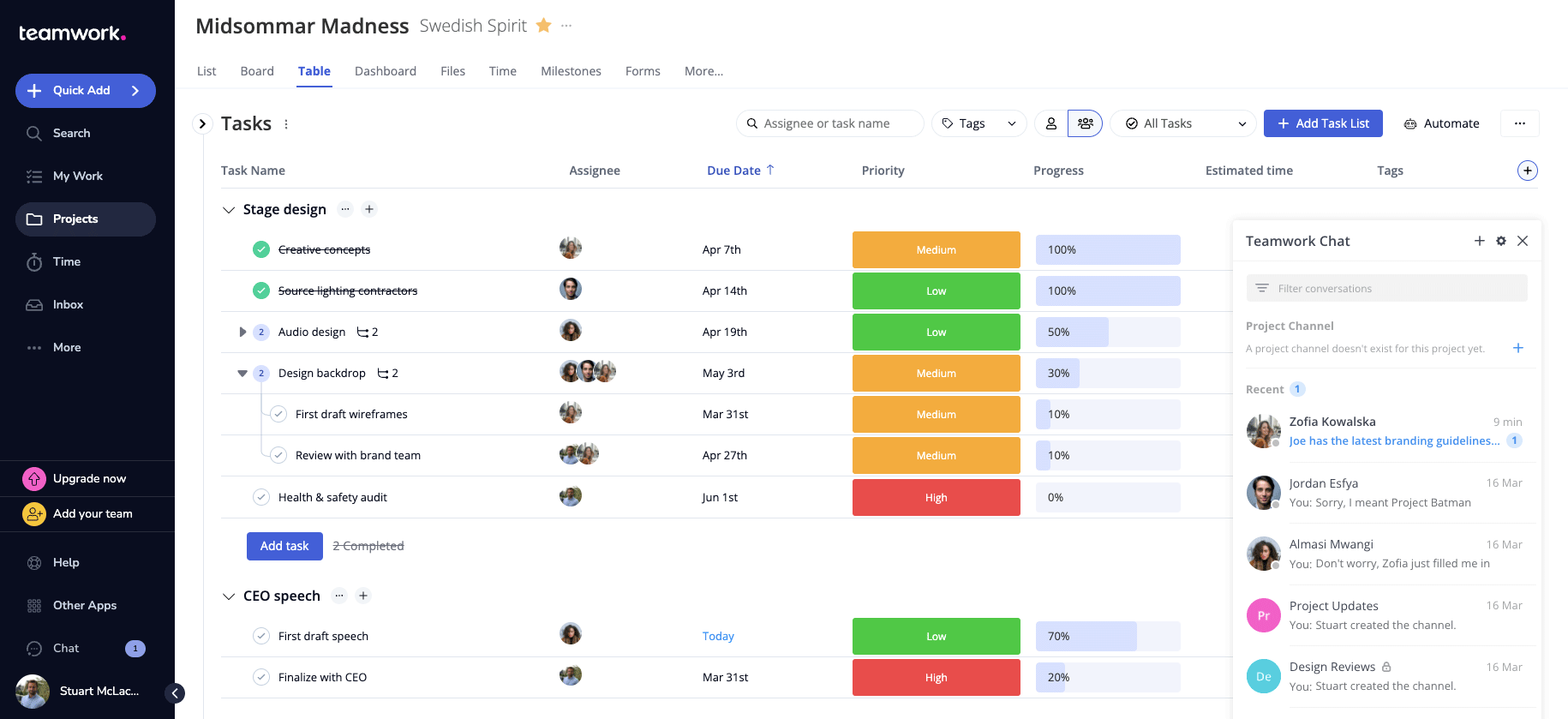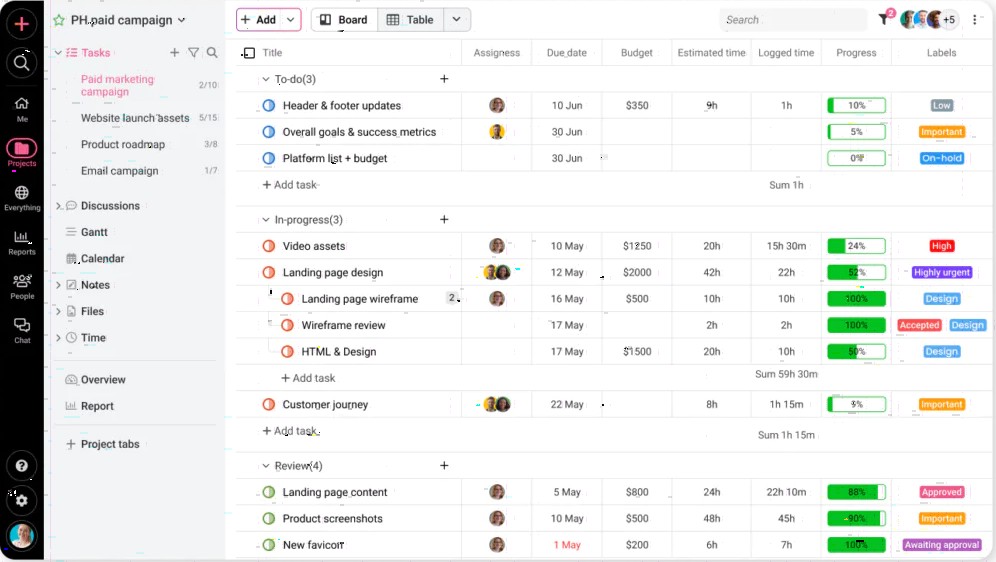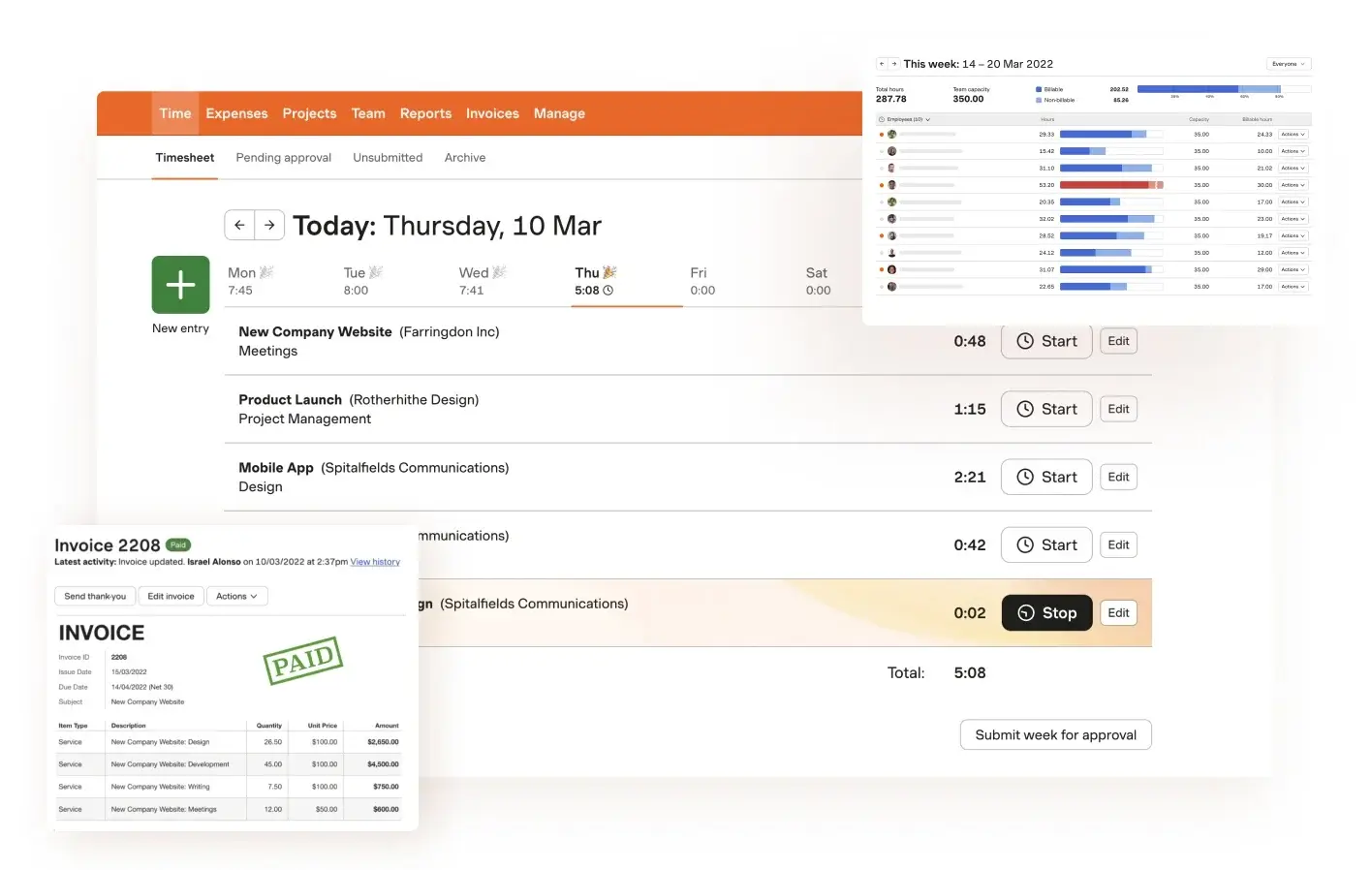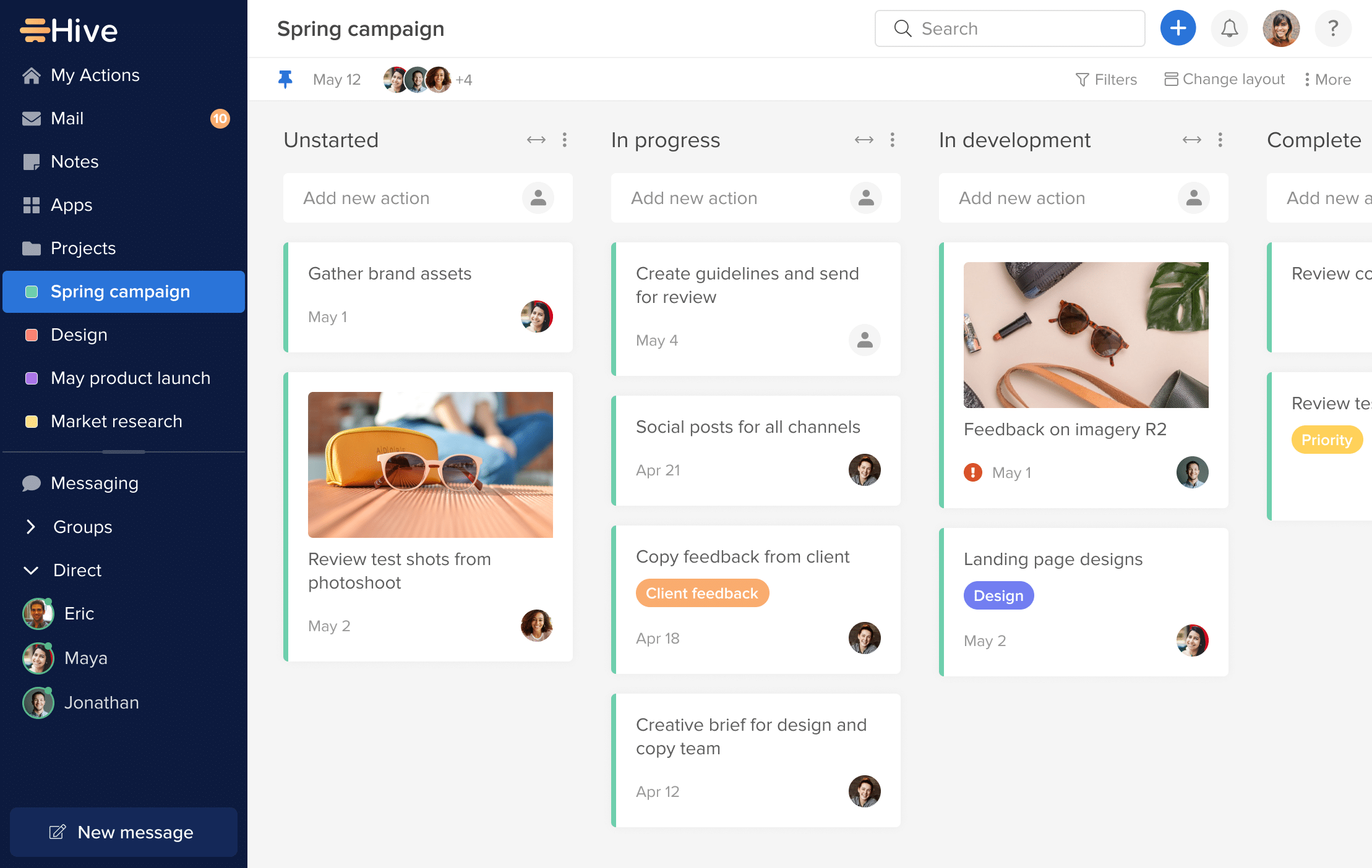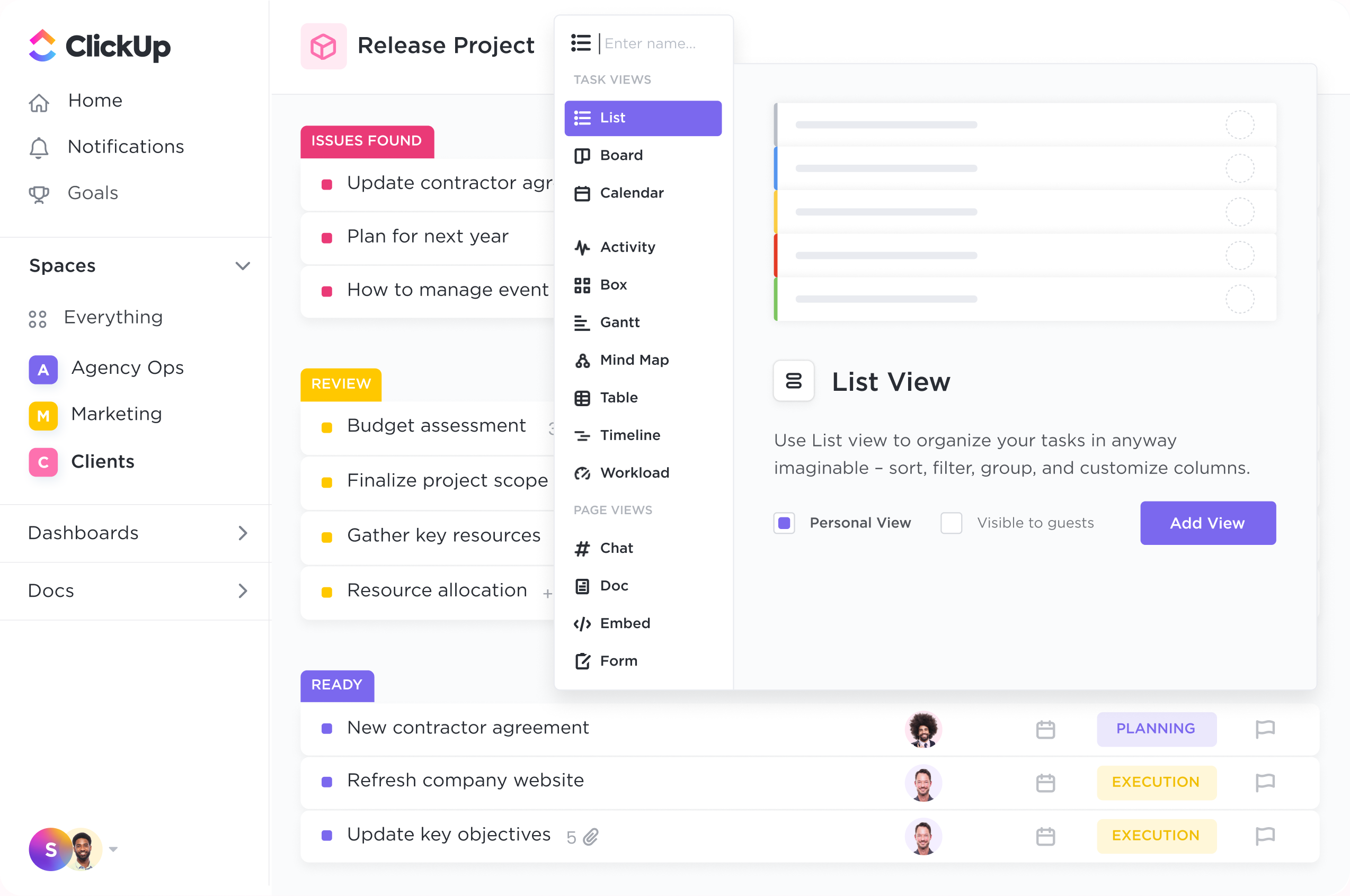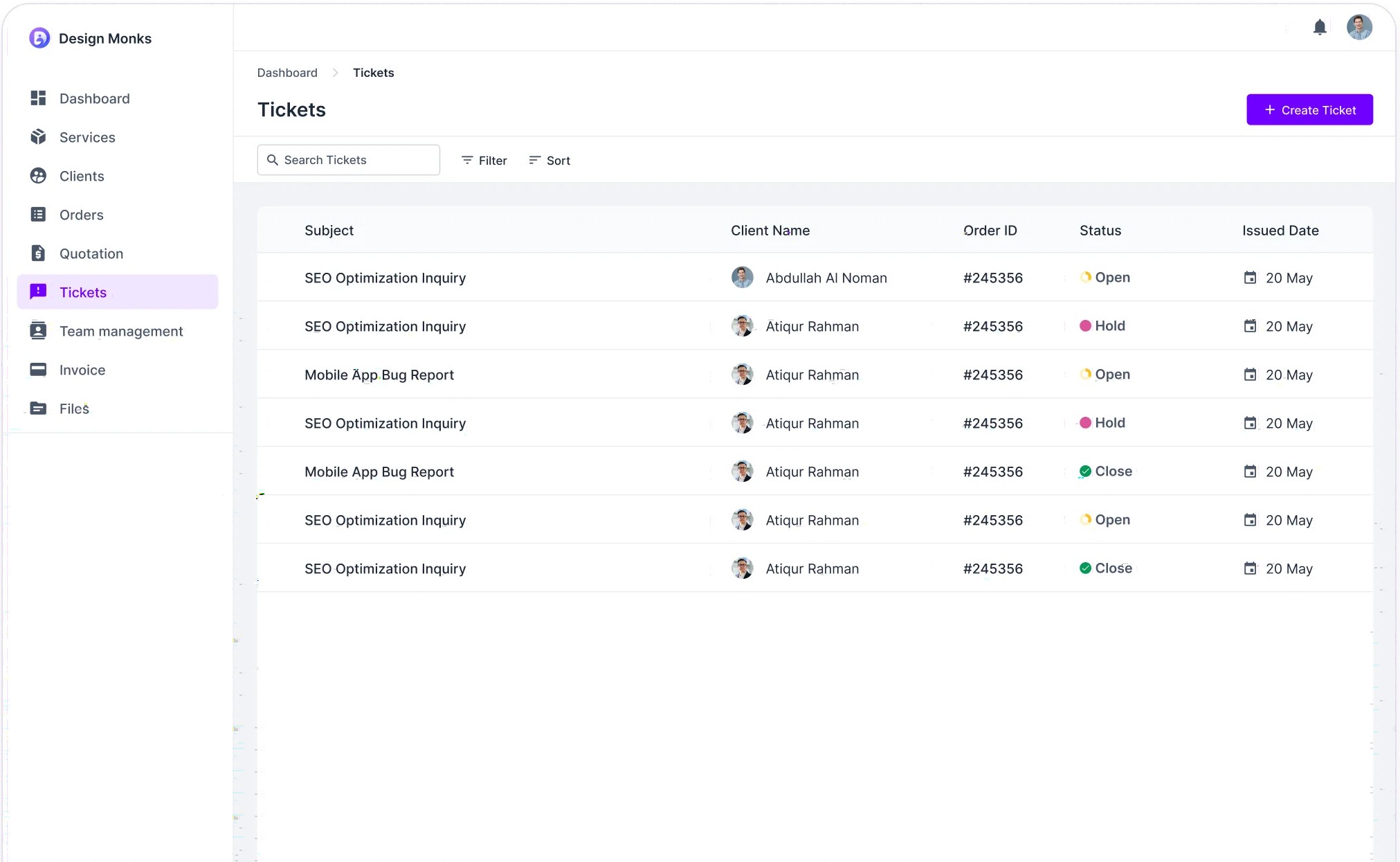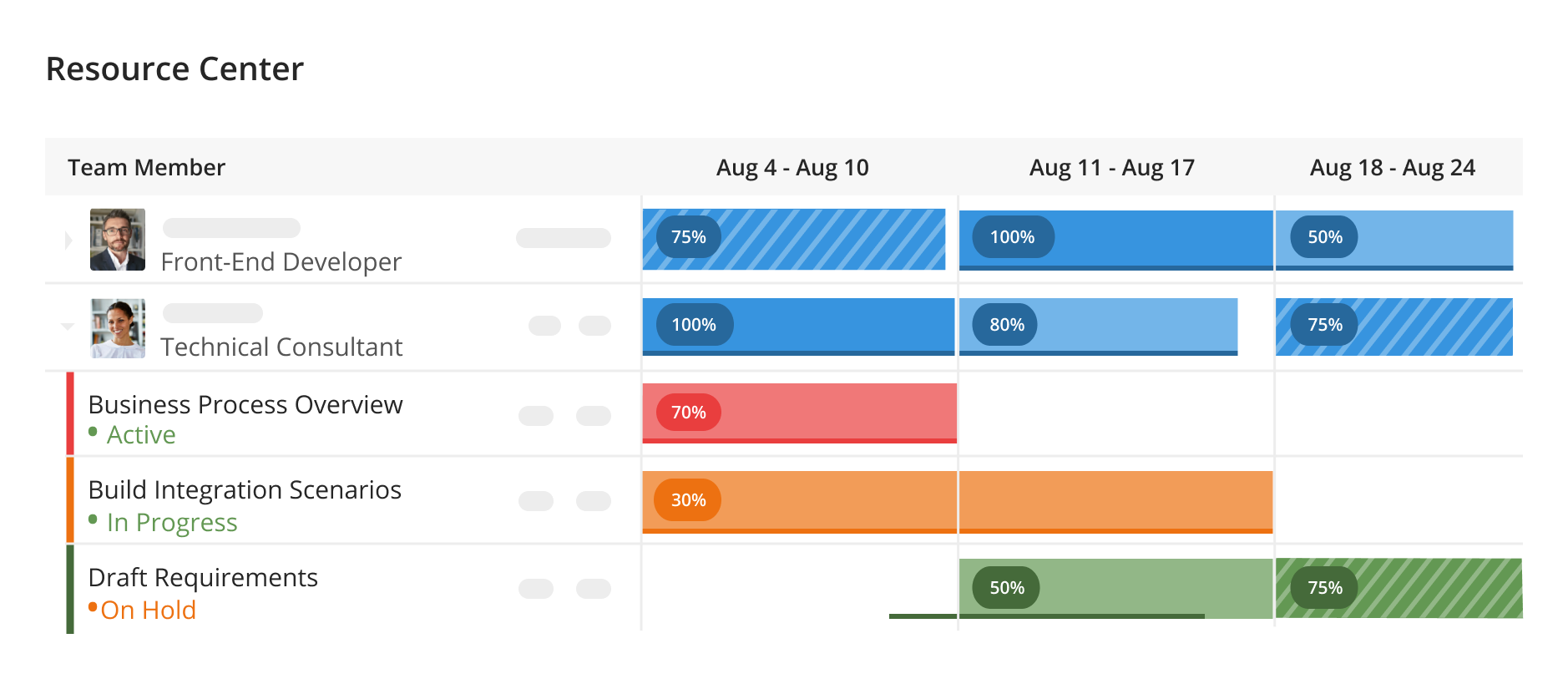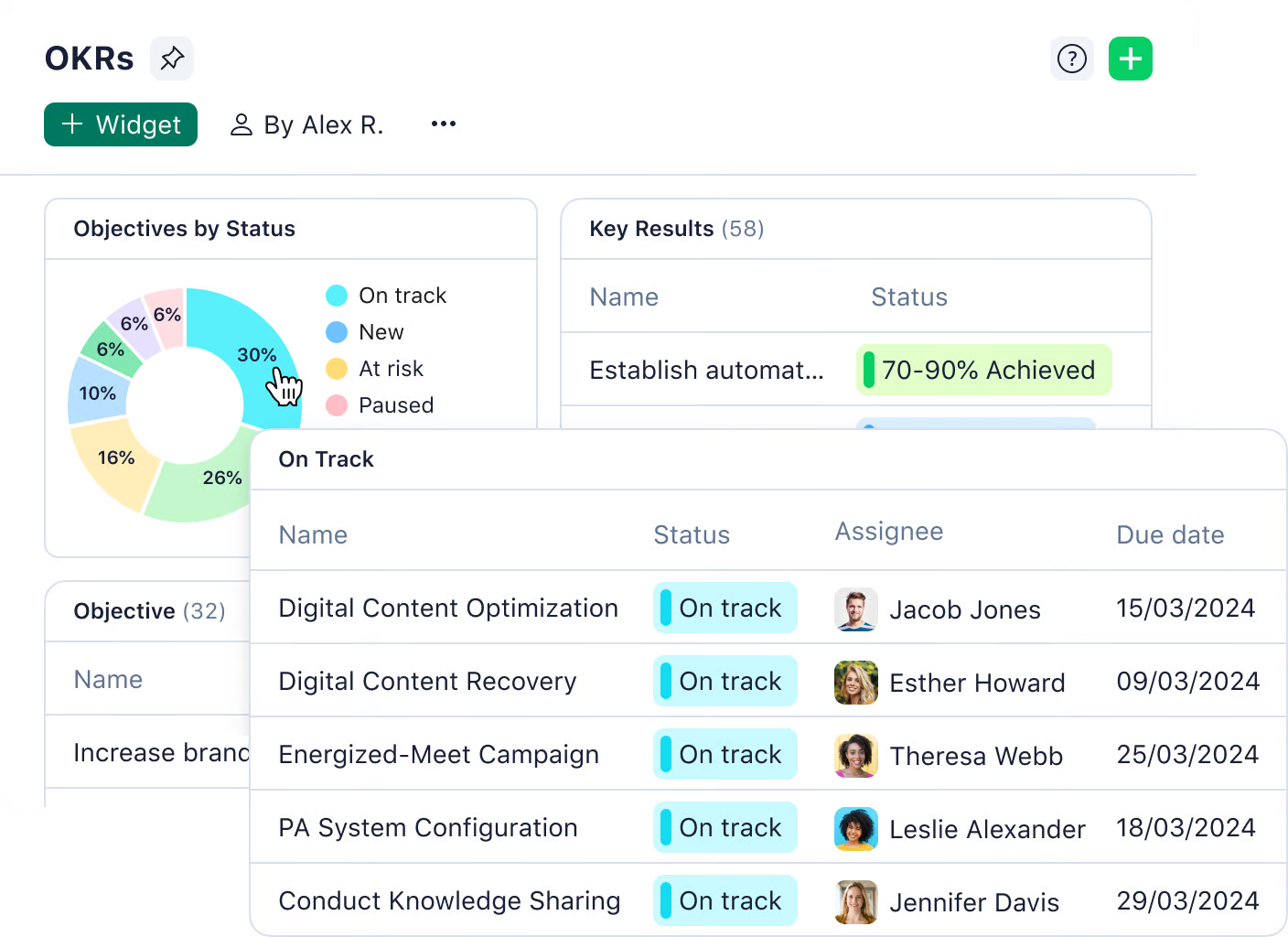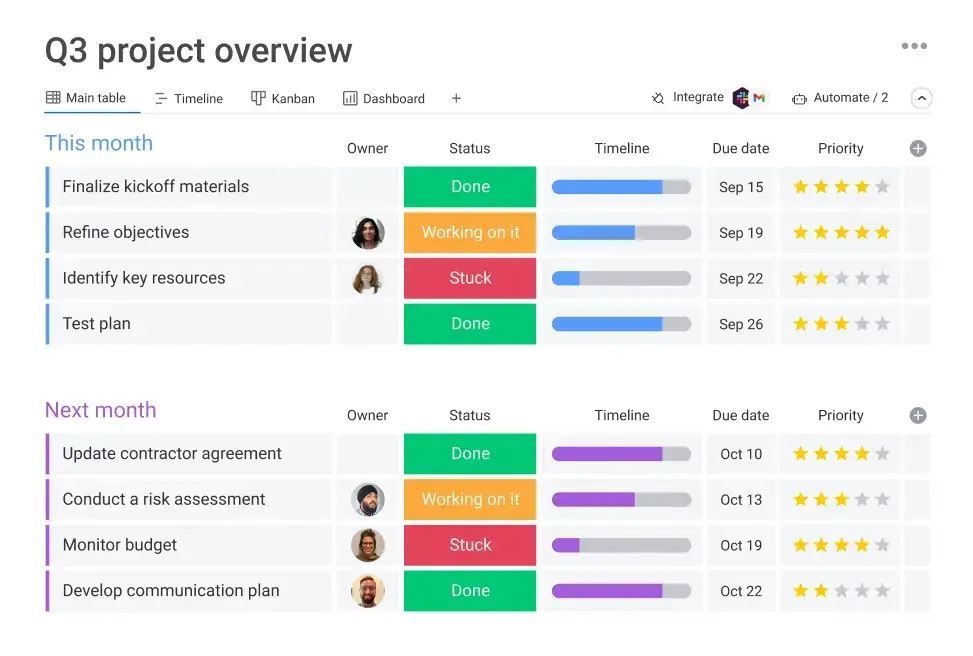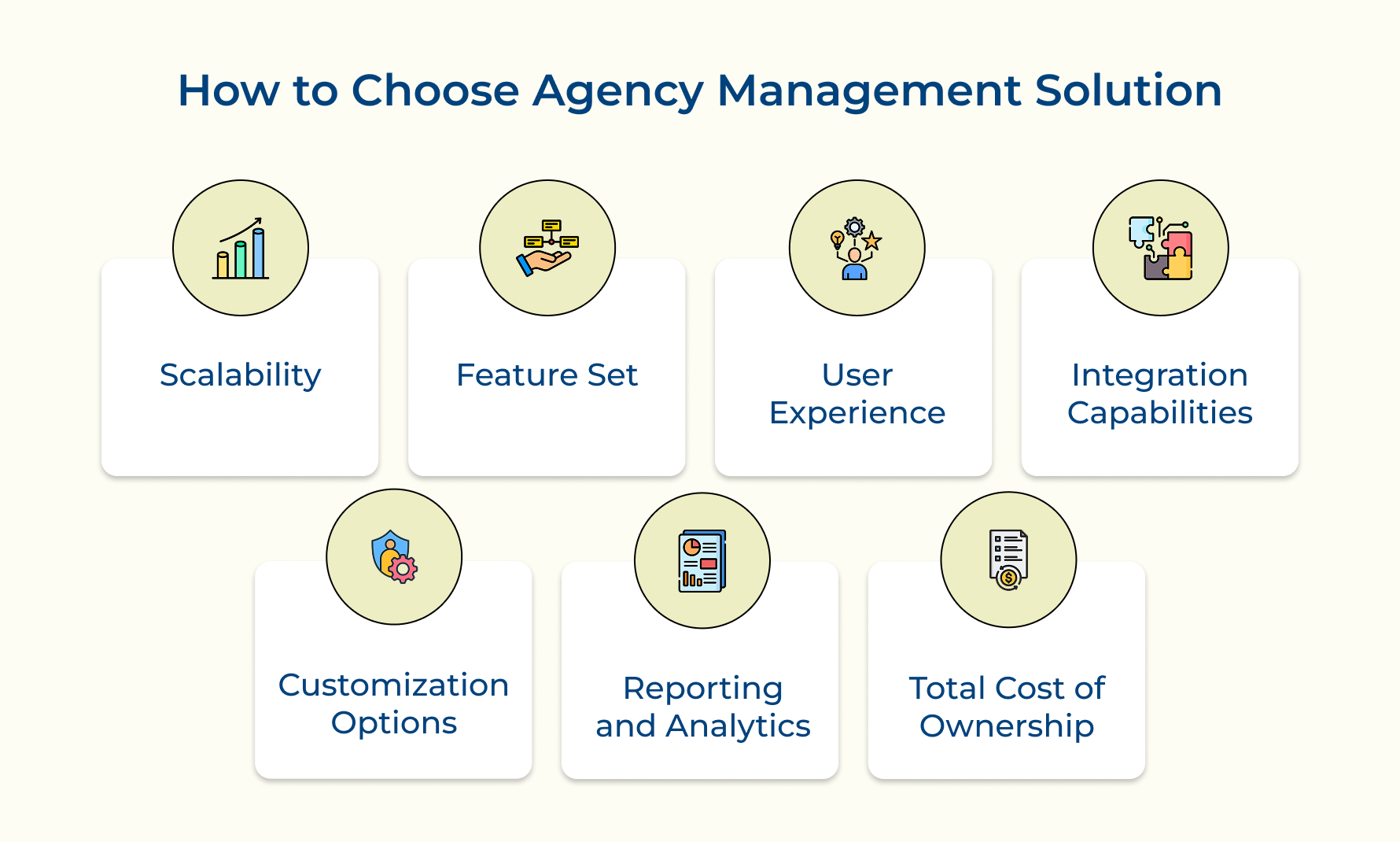1. Project Management & Planning
At the heart of every successful agency lies effective project management. Creative agency project management software provides robust project planning tools that allow teams to create, assign, and track tasks with ease.
The features often include Gantt charts, Kanban boards, and milestone tracking, enabling project managers to visualize project timelines as well as progress at a glance. By centralizing project information, teams can collaborate more effectively, ensuring deadlines are met and client expectations are exceeded.
2. Time Tracking & Billing
Accurate time tracking is essential for agency profitability. Advanced time-tracking features allow team members to log hours easily, often with the ability to start and stop timers directly from task lists. This seamless integration with project management ensures that every billable minute is captured.
With built-in capabilities similar to agency invoicing software, these systems can automatically generate invoices based on tracked time and predefined billing rates, streamlining the billing process while reducing administrative overhead.
3. Full Suite Sales CRM
A comprehensive Customer Relationship Management (CRM) system helps nurture leads and maintain client relationships. An agency CRM offers functionality tailored to agency needs, enabling teams to track prospects, manage opportunities, and oversee the sales pipeline effectively.
The integration ensures a smooth transition from sales to project delivery, providing a holistic view of client interactions throughout the entire engagement lifecycle.
4. Resource Management
Effective resource allocation helps in maximizing agency productivity. Resource management features allow managers to view team member availability, skills, and workload at a glance.
It enables optimal staffing decisions, preventing overallocation and ensuring that the right people are assigned to the right projects. Advanced systems may also offer predictive analytics to forecast future resource needs, aiding in long-term planning and hiring decisions.
5. Budget Tracking
Budget tracking features provide real-time visibility into project finances, allowing managers to compare actual costs against estimates. It includes tracking billable hours, expenses, and other project-related costs.
Monitoring budget performance throughout the project lifecycle empowers agencies to take proactive measures to maintain profitability and make informed decisions about resource allocation.
6. Collaboration Tools
Integrated collaboration tools such as shared documents, discussion boards, and instant messaging facilitate communication among team members, clients, stakeholders, etc.
The said features reduce reliance on external communication platforms, keeping all project-related discussions and decisions in one centralized location.
7. Client Portal
Transparency and client engagement are enhanced through dedicated client portals. These secure interfaces allow clients to view project progress, approve deliverables, and access important documents.
By providing clients with direct access to relevant information, agencies reduce back-and-forth communication and improve client satisfaction while building stronger relationships.
8. Pipeline Management
Effective pipeline management provides a visual representation of all potential projects and their current stages in the sales process. It allows agencies to forecast workload, revenue, and resource needs based on the likelihood of winning new business.
Agencies can make strategic decisions about capacity planning and business development efforts by maintaining a clear view of the pipeline.
